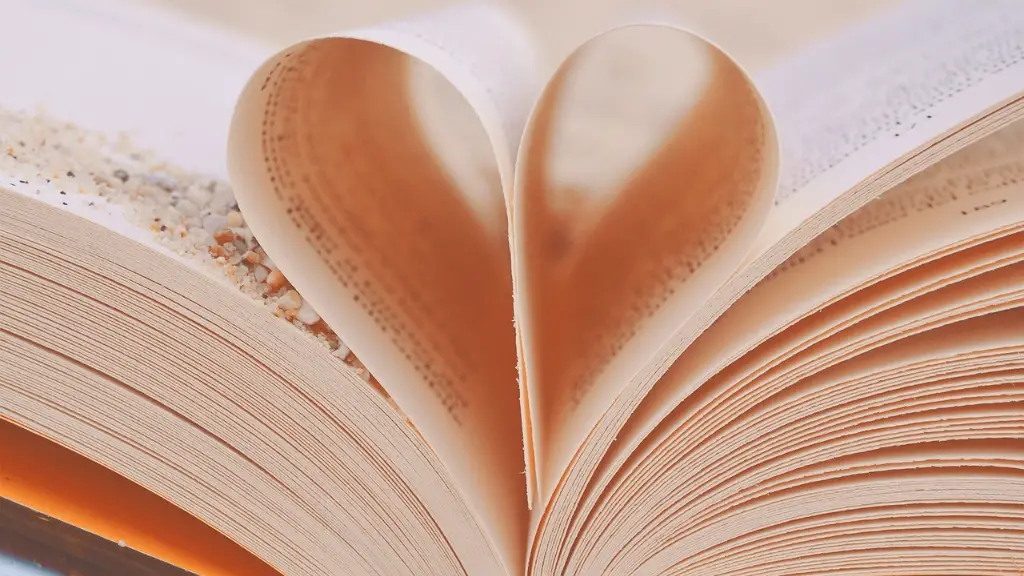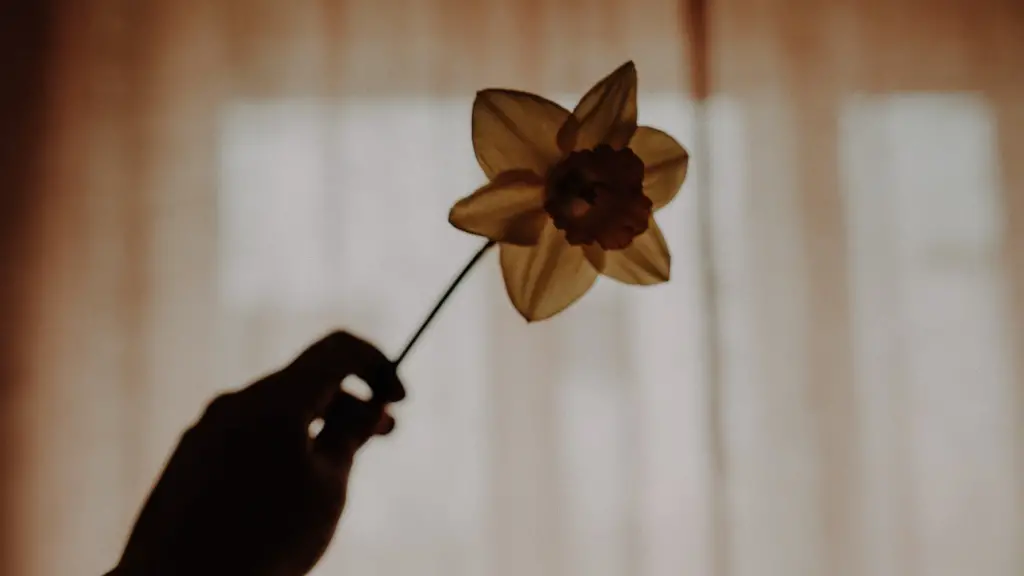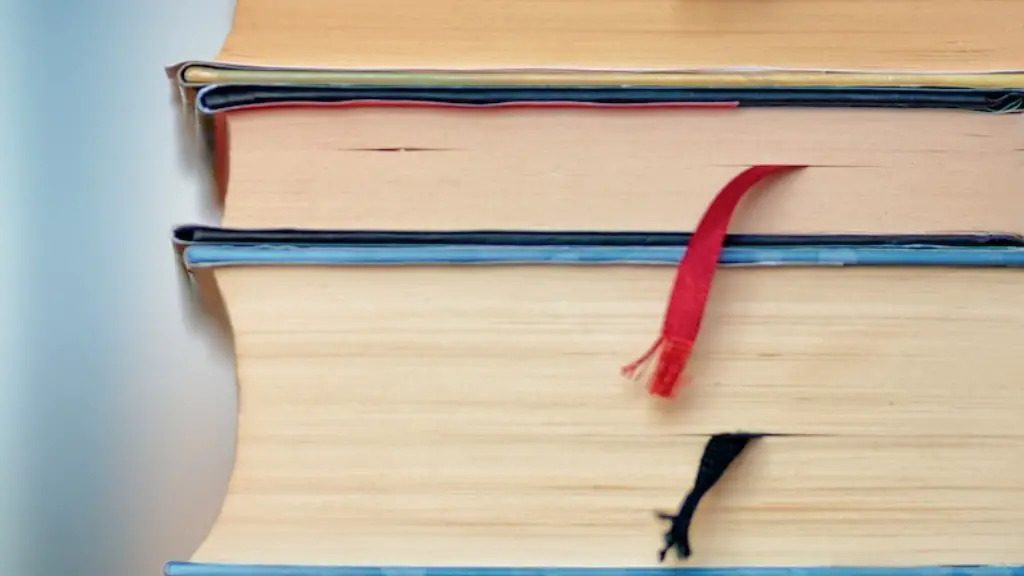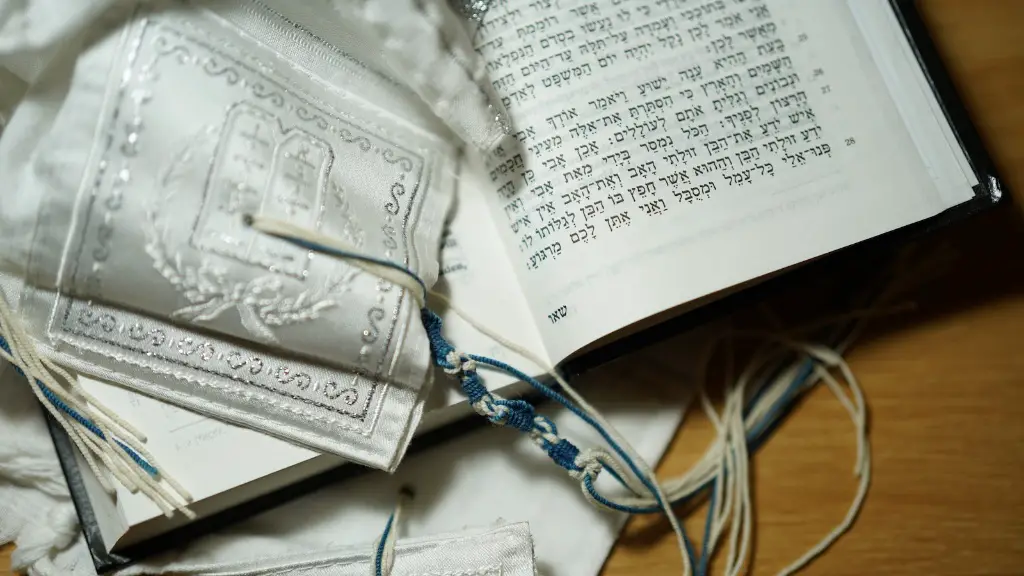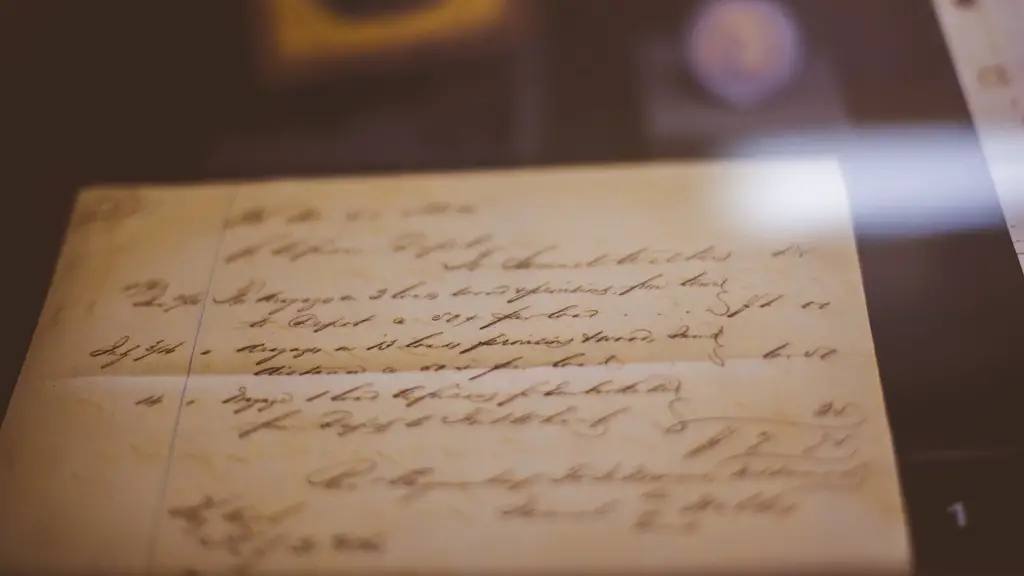Characteristics of Prose and Poetry
Prose and poetry are the two main forms of writing. While there are several similarities, there are also distinct differences that can be seen through their characteristics.
The first and most evident feature of prose is its straightforward structure. Prose tends to be divided into sentences and paragraphs, while poetry often flows as one continuous or broken line. This makes prose easier to read and understand. On the other hand, poetry often relies on imagery and metaphors to convey a message or feeling. Poetry also tends to be less structured than prose, with writers focusing more on the sound, melody and meaning of their words, rather than on the conventions of grammar.
Another characteristic of prose is that it is usually narrative in nature. Unlike poetry, which can be used to express a wide range of emotions and ideas, prose tends to be more limited in its focus, often dealing with characters, settings, and plot lines. This makes it an ideal form for storytelling.
Poetry, on the other hand, is more expressive and emotional in its delivery. Writers of poetry use rhythm, alliteration and symbolism to convey a deeper meaning to the reader. Unlike prose, which often uses facts and events to tell the story, poetry evokes an emotional experience and encourages the reader to interpret the words on a deeper, more personal level.
In prose, the writer will usually express ideas in clear and logical order, with the intention being to communicate something or present an argument or opinion. Poetry, however, is often free-flowing, allowing the writer to express their feelings and insight without the need for linear thought. The writer of poetry works with sounds, shapes and modes, rather than with straightforward facts.
The Role of Imagery in Prose and Poetry
Another difference between prose and poetry lies in the way they use imagery. Imagery is used to create mental pictures within the reader’s mind and evoke specific emotions. In prose, imagery is generally used in a more subtle way, with writers using details to give the reader glimpses of the scenes that are being described. In poetry, however, imagery is often used in more complex ways, by blending and combining images to illustrate the innermost emotions and thoughts of the writer.
In addition to imagery, authors of both prose and poetry will often use figurative language such as similes and metaphors to express their ideas. In prose, figurative language is generally used to enrich the text, while in poetry it is often used to evoke a more vivid mental image.
Finally, another key characteristic of both prose and poetry is their tone and diction. Prose will usually have a more natural and conversational tone, while poetry often relies on specific words and phrases to create particular atmospheres and moods. By using different types of language, writers of both forms can convey their message to the reader in a more powerful and meaningful way.
Structure of Prose and Poetry
In terms of its physical structure, prose is usually divided into sentences and paragraphs while poetry tends to be broken into stanzas or strophes. Moreover, prose tends to be linear in nature, with stories and arguments structured sequentially, while poetry usually follows a more free-form structure. This allows writers of poetry to express their feelings and insights more freely, without the confines of grammar.
Prose also follows a traditional formatting style, often with chapters and sections that readers can easily follow. Poetry, however, is much more free-form and can take a variety of shapes and sizes. As a result, poetry can often be interpreted in a variety of ways depending on the reader’s own interpretation of the words used.
In addition, prose and poetry differ in their use of diction and language. Prose tends to be more natural and straightforward, with language used to effectively communicate the writer’s ideas. Poetry, on the other hand, often relies on figurative language, such as metaphors and similes, to create a vivid mental picture for the reader.
The Role of Music in Prose and Poetry
The use of music plays an important role in both prose and poetic writing. In prose, music can be used to create a certain atmosphere and help capture the tone or mood the writer is trying to convey. In poetry, music is used to emphasize certain words and create a specific melody or rhythm that can help the reader create a mental image. Music can also be used to emphasize the flow or structure of a poem and make it easier for the reader to read and understand.
Writers of poetry will often combine music, figurative language and imagery to create a rhythm that can evoke strong emotions in the reader. This is why many poems rely heavily on repetitive sounds and motifs to create a unique atmosphere for the listener. Prose, on the other hand, tends to use music in a more casual and conversational style, as a way to create a gentle ambience and add to the story.
The use of music in both prose and poetry can help writers to express their thoughts and feelings more effectively, and help readers to better understand and appreciate the words being used.
Metaphors and Cadence in Prose and Poetry
The use of metaphors and cadence is another characteristic difference between the two forms of writing. Metaphors are used to express a concept with vivid and often unexpected imagery, while cadence is used to create a rhythm or flow in the words. In prose, metaphors are usually used sparingly to highlight an idea or to make an argument, while in poetry they often take center stage, with the writer relying on metaphors to create powerful images in the minds of readers.
Cadence is used in both poetry and prose to create a sense of structure in the text. In prose, cadence is used to add emphasis and create momentum, while in poetry it is used to give the poem a distinct rhythm and make the words flow more easily.
In summary, prose and poetry differ in their use of language, structure, imagery and music. While prose is more straightforward and narrative in its approach, poetry is often more expressive and emotional in its delivery. Both forms of writing have the potential to create an unforgettable and powerful experience for readers.
The Use of Rhyme in Prose and Poetry
The use of rhyme is another important difference between the two forms of writing. While rhyme is not essential to prose, it is often used to add a lyrical quality to the text. In poetry, however, rhyme plays an important role and can be used to emphasize the sounds and the emotions being conveyed. By using rhyme and other sound-based devices, writers of poetry can create powerful images in the minds of their readers.
In both prose and poetry, writers use sound to create rhythm and flow. In prose, this is usually achieved by using repetition and variation in the language, while in poetry more complex sound devices are often used to create a unique atmosphere and evocative feeling. By combining music and sound, writers of both forms of writing can bring their words to life and enhance the readers’ experience.
Rhyme is a particularly effective device in both prose and poetry and can be used to draw readers into the story or evoke a particular emotion. Writers of prose often use rhyme sparingly to emphasize certain sections of the story, while rhyme in poetry can form the backbone of the work, with each line containing a specific sound or emotion.
The Impact of Prose and Poetry
Prose and poetry have the potential to impact readers in a variety of ways. By using language, imagery, sound and cadence, writers of both forms of writing can evoke deep and powerful emotions in readers. This can be particularly effective in narrative forms of writing, such as novels and short stories, which rely on the emotional resonance of their stories to engage readers.
Poetry, on the other hand, relies on the use of language, symbolism and metaphor to create powerful mental images for readers. By combining sound and imagery, poets can create something that is uniquely their own and profoundly moving.
In summary, both prose and poetry have the potential to move readers in powerful and life-affirming ways. Writers of both forms of writing can use sound, imagery and figurative language to create an unforgettable experience for the reader.

